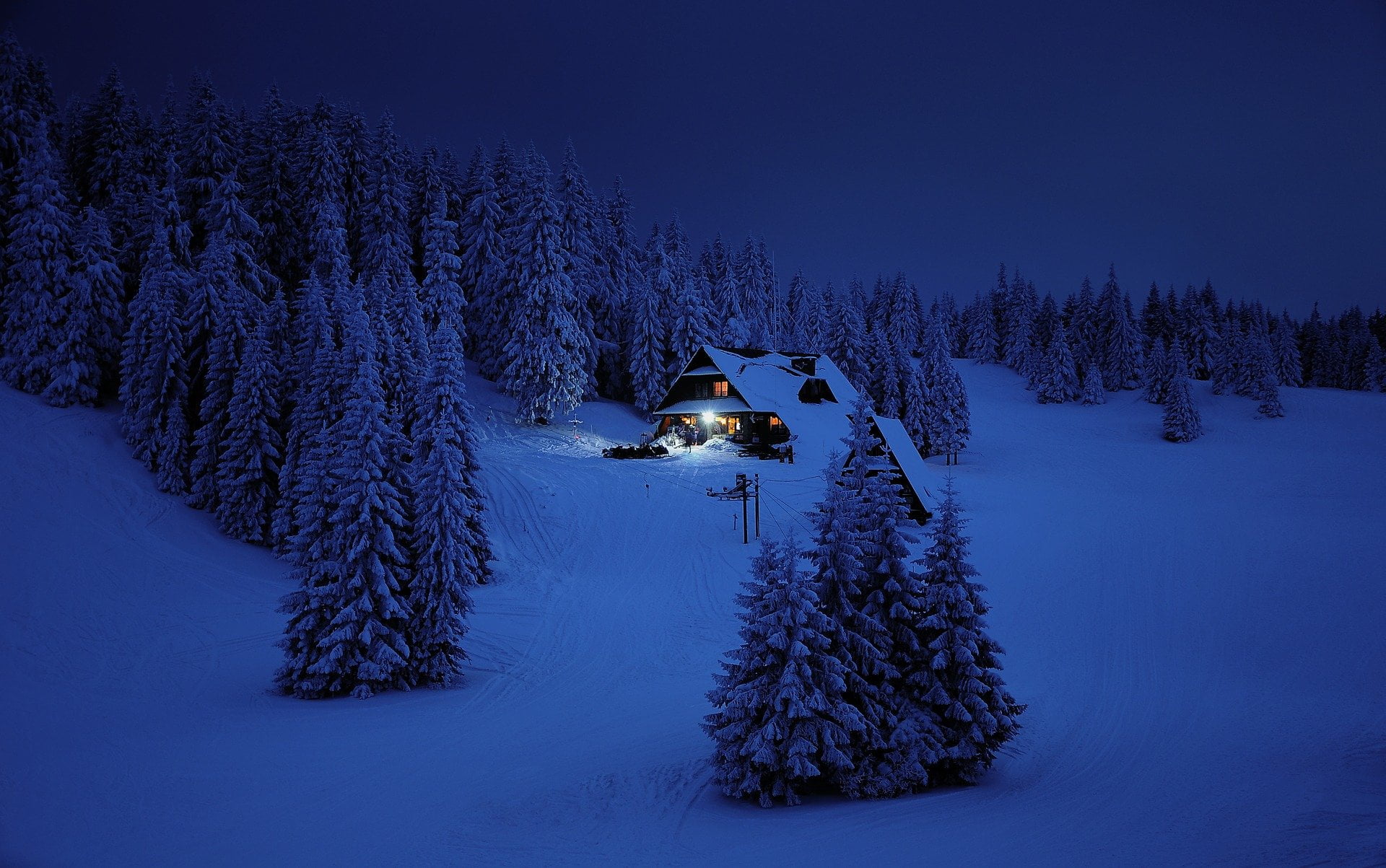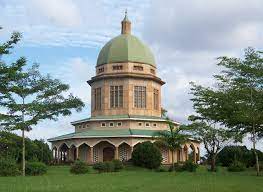10. Poland has the world’s first upside-down house. The Polish village of Szymbark only has about 500 residents, yet it manages to be a magnet for tourists because back in 2007, it unveiled the world’s first upside-down house that was open to the public. This wooden building, the wrong way up in a pleasant forest setting, attracted worldwide media attention and somehow started a craze for all things upside down.
9. Poland was the 2nd country in the world to have a legal constitution. In 1791, Poland established its first written constitution. When it was published, it was only the world’s second legal and valid document of its kind.
8. From the year 1772 until 1795, Poland disappeared on the map. Before its independence, Poland had to face around 40 insurrections. If you have been following Game of Thrones, there’s a big chance that you’d come to know more about Polish Medieval History!
7. Poland is home to one of Europe’s great lake districts. Masurian Lakeland ebbs across 180 miles and 20,000 square miles in the north-east of the country. There are more than 2000 lakes in all, including Sniardwy which is the largest in the country. It is a joy in summer when you can hike on its banks.
6. While the debate rages on whether to use degrees Celsius or degrees Fahrenheit, here in Poland a monument marks the fact that Daniel Fahrenheit, the inventor of Fahrenheit scale, was born in Poland. His home is here and his original Fahrenheit thermometer is on permanent display in a cabinet, which is a must-visit place.
5. Warsaw was not Poland’s first capital. Warsaw only became Poland’s official capital in the year 1945. Before Warsaw, Gniezno was Poland’s very first capital. After the founding of Poland as a state, Duke Mieszko got christened and took over as the leader of the country. Since the seat was with the Archbishops at the Gniezno Cathedral, Gniezno effectively became Poland’s first capital.
4. Poland’s official language is tricky. Even the Polish people have problems speaking and writing the Polish language correctly because it’s quite complicated. They have a complex grammar system with stringent pronunciations. The language is a mixture of noun inflection and verb conjunctions, which makes it even harder. What’s more, is that the same words may only differ depending on gender and cases. Do not feel bad if you’re learning it the hard way, everyone’s on the same boat as you.
3. Aside from birthdays, people in Poland celebrate their Name Day. If you’re Polish, you’d look forward to two things in a year- your birthday and your name day. Also called Imieniny, Poles commemorate the saints that they’re named after on this day. They say that it’s even more important than your actual birthday as everyone remembers it. The names that are associated with the celebration are all listed in the calendars all over Poland.
2. It is rude to wear a hat inside the house in Poland. The present and younger generation in Poland do not mind wearing hats inside someones’ house or at church. However, the older generation are still particular about it. If you are planning to visit Poland anytime soon, remember to take off your hat when you enter a church or someone’s house. Your hosts may find you disrespectful and feel uncomfortable.
1. Marie Curie was Polish, not French. Known as the Mother of Modern Physics, Marie Curie was actually of Polish descent. Before marrying her French husband, Pierre Curie, she was named Marie Sklodowska. Together, the two discovered radium and polonium. Because of this, she made a mark in the world of science and became the very first woman to bag a Nobel Prize, not only once, but twice. Speaking of Nobel prizes, to this day, Poland has received more Nobel Prizes than Australia, India, Japan, and China combined. In total, the country has 17 Nobel Prize laureates, which include five for Literature and four Peace Prizes.




